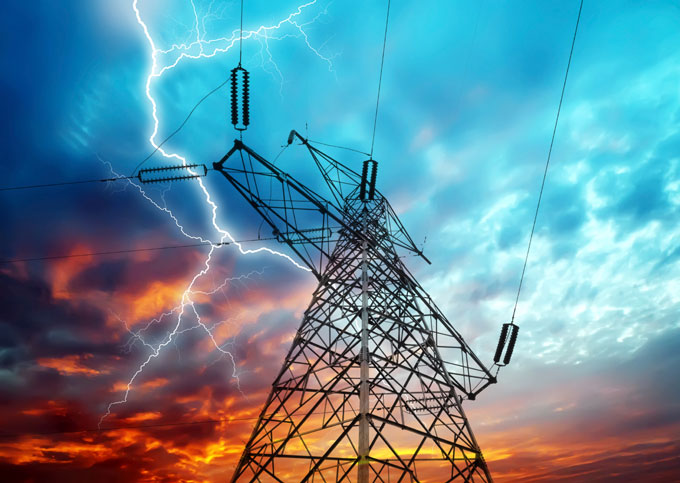The materials used in insulators and insulation equipment for high voltage transmission and distribution applications continue to evolve–after all, did you know insulators have been around since the late 1700’s when they originally supported the telegraph industry? In the beginning, engineers experimented with many different materials to try to create the ultimate insulator- they experimented with everything from wood to cement and porcelain and even bees wax-coated cloths. It wasn’t until approximately 1840 that glass plates were first introduced, followed by porcelain, which you find in older parts of today’s grid.
As the grid is updated and new lines are added, new insulators are being introduced with today’s technologies. The porcelain insulators from previous decades are cracking and in disrepair. Although they can be sometimes hard to immediately diagnose, aging and outdated insulator technologies should be replaced by today’s more modern insulator equipment. After all, as you can imagine, a few things have changed since the 1800’s in the material make-up of insulators.
Here is a review of some the current trends in insulator materials for high voltage applications:
- Toughened glass. Studies show that newer glass insulators made from toughened glass have higher residual mechanical strength than aged insulators. Sediver, one of our manufacturing partners, says “The toughening process imparts to the glass shells very high strength and outer-surface compressive stresses. This intrinsic mechanical support makes the toughened glass insulators immune from micro cracks and virtually free from aging.”
- Polymer composites (also known as NCIs). Today, utilities have begun to introduce composite insulators for new lines and installations. These are typically comprised of a central rod made of fibre reinforced plastic and an outer weathershed made of silicone rubber or ethylene propylene diene monomer rubber. Composite insulators are light in weight, and have excellent hydrophobic capability.
With many more materials and technologies available–from all parts of the world–it’s more important than ever to carefully evaluate different products, materials and suppliers. To discuss which materials may be the best fit for your project, or for more information on insulators and to diagnosis your insulation needs, call us today at 1-866-887-8617 or contact us via email.




